Part of the beauty of being a young kid is the carefree spirit that comes with that age, and the willingness to touch ANYTHING. Need to use the portable toilet at the carnival? No problem, have a seat! Bored at the airport? Why not crawl under all of the seats and pick at the colorful bubble gum deposits? We are all aware of how gross public spaces can be, but studies have found that everyday items in your home can also be teeming with potentially harmful bacteria.
Here are ten of the dirtiest things under your very own roof that your kids are probably in contact with on the regular—and how to properly clean them so that everyone stays healthy!
Dirtiest things in the kitchen.
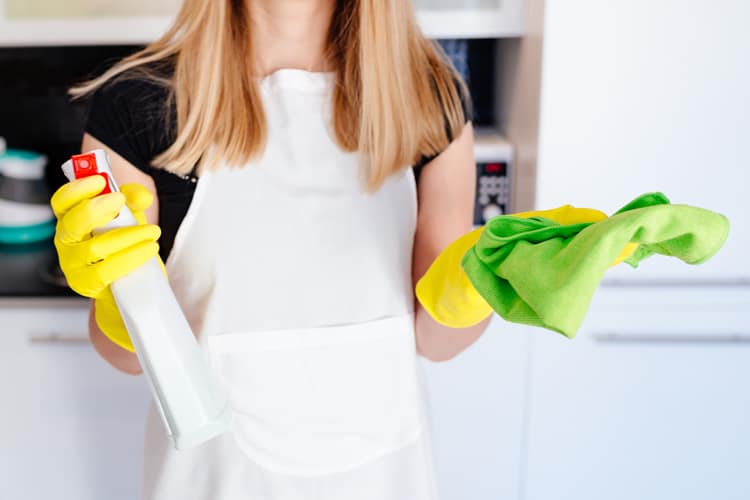
In 2011 the National Sanitation Foundation, an organization that develops standards for public health, conducted a study to find the germiest places in the home. The big winner (even dirtier than the toilet bowl) was the dish sponge. NSF International found that over 75% of participants in the study had Coliform bacteria (a family that includes Salmonella and E. coli!) on the sponge or rag in their kitchen sink. The sink itself came in 2nd place, and other items in the top ten included the coffee maker reservoir, countertop, stove knobs, and cutting boards. It’s safe to say that some of the dirtiest things in the home can be found in the kitchen!
Researchers recommend replacing your sponge every week so that it doesn’t become a health hazard. Cutting boards should be scrubbed thoroughly between uses with soap and water, and also periodically soaked in bleach (or white vinegar if you aren’t a fan of the chemicals) to avoid contamination and/or food poisoning.
Good Housekeeping recommends brewing a pot of equal parts vinegar and water to sanitize that coffee maker reservoir every so often. Surfaces such as countertops and knobs should be cleaned with soap and water often, and then periodically sanitized with the product of your choice—bleach, vinegar, and hydrogen peroxide are among the most effective solutions.
Now over to the bedroom.
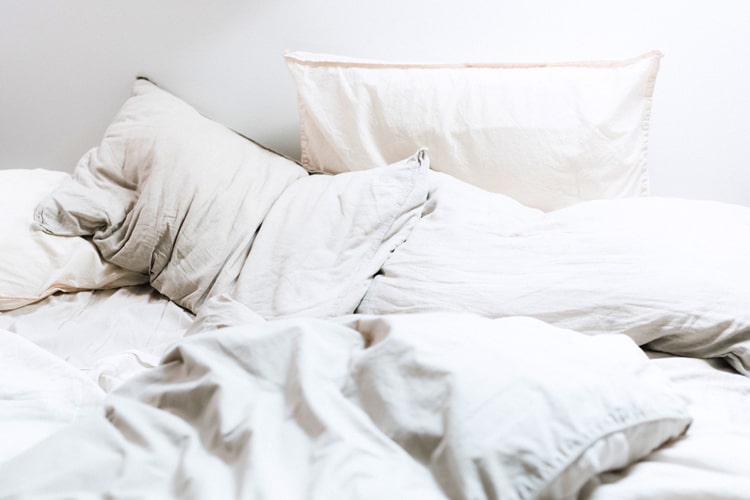
Pillows (and other bedding) didn’t make it into NSF’s study, but they rank high on our list because not only are they often infiltrated with mold, fungi, and bacteria, they also have the potential to make your little one sick. Fifty million Americans suffer from allergies, many of them children, and bedding could be adding to the suffering.
It is estimated that people shed about 15 million skin cells every night, a savory feast for the dust mites that occupy our beds. The mites themselves aren’t going to do any real damage to our health, but their feces will pile up with time and this is not only gross, it can also trigger allergies. Cribs and beds are victims to some of the dirtiest things our kids produce—urine, drool, vomit, not to mention the regular grime that kids accumulate from just exploring their little worlds!
So, what can you do about it? The Asthma and Allergy Foundation recommends washing your bedding at least once a week in hot water and replacing your pillow every two years, or investing in a pillow protector. Bring your kiddos on board by putting the task on their chore chart; depending on their age, they can help with stripping the bed and doing the laundry each week!
Related articles:
- How to Clean a Car Seat in 7 Easy Steps
- 9 Technology Lifesavers for Busy Moms
- 20 Coronavirus Travel Tips to Keep Your Family Safe
Next stop…the bathroom.
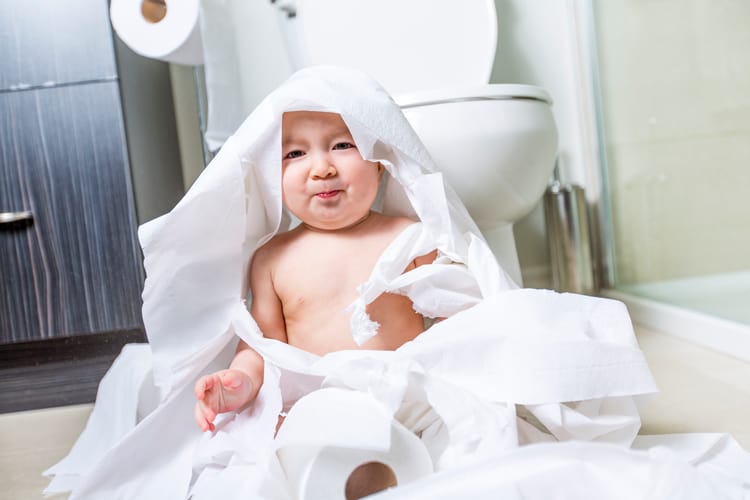
It might be surprising to hear that the dirtiest things in your bathroom are not your toilet seat and handle, but actually your toothbrush holder and sink faucets. NSF even discovered a new bacterium hiding out by the toothbrushes, which researcher Robert Donofrio described as “particularly concerning due to the possibility of fecal matter contamination on products used for oral care.”
Every time someone flushes, a plume of toilet water spray is sent up in the air and can settle anywhere. This is why toothbrush holders should be washed in hot water 1-2 times a week and kept tucked away from the dangers of fecal matter from toilet spray. Better yet, teach those kiddos to close the lid before they flush! The most important part of bathroom hygiene is of course handwashing, so don’t skimp on the hand soap and clean hand towels.
And onto those wonderful (and germ covered!) pets.

Living with a pet can also mean living with millions of unwanted bacteria! NSF International found that pet bowls and pet toys are also on the list of top ten dirtiest things in the home. Germs love moist, warm environments so these things are basically magnets. E. coli, yeast, mold, and staphylococcus were all discovered on these items—yikes! So don’t underestimate the importance of frequent cleaning and sanitation using hot water and either bleach or vinegar. And remind your children to wash their hands after feeding or playing with Fido.
The good clean truth is that while germs and bacteria are thriving in every last corner of your life, very rarely will they hurt you or your little ones. Humans and bacteria usually get on great, and we certainly couldn’t live without them. Follow the guidelines above for keeping the dirtiest things in your home clean and try not to worry about catching your baby eating the dirt out of your ficus plant. While you should certainly clean her mouth out, you can also celebrate the clever ways in which she is building up her little immune system.
If you can provide your family with a good diet, instill regular sleep habits, and teach a healthy hand washing routine, it is unlikely that anyone will actually get sick from run-of-the-mill household bacteria. Who knows, maybe you can even find your way back to the carefree attitude about germs that you had as a kid; just don’t ruin it with a Google images search of dust mites!!

Lisa Holmes lives in Wellfleet, MA with her husband, toddler and infant. She is a BabyQuip Quality Provider and loves welcoming travelers to Cape Cod. She works as an elementary school teacher, which gives her the opportunity to enjoy lots of time at the beach during her summer vacations!

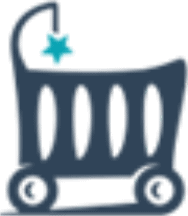
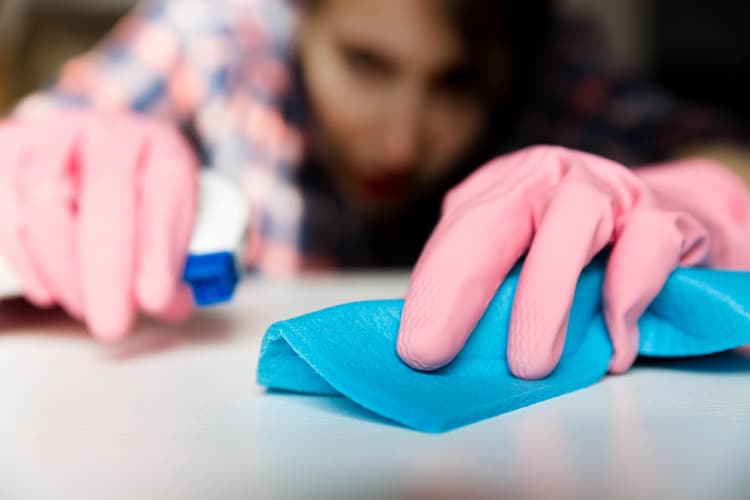
Good reminders of things to clean that we may not often think about. I’m totally grossed out by the toilet splashing up and “settling”…
I knew my house had germs, but no idea about some of these! I’ll throw that sponge away immediately!
Thank you for sharing your info. I truly appreciate your efforts
and I will be waiting for your next post thanks once again.
Aw, this was an incredibly good post. Spending some time and
actual effort to produce a good article… but what
can I say… I hesitate a whole lot and don’t seem to get nearly anything done.
UGH. Now I need to go clean my pillows.
Ewwwww
So much to clean all the time! And once it’s clean – the child tornado comes!
I’ll be wash the dogs bowls more often and making sure those sponges are thrown out every couples days!
This is a good reminder to clean my coffee pot. It’s been too long.
This was a hard article to read but so important. Thanks for the tips!
I think articles like this can some times give moms a complex. We are all so busy with family and work and life. We cant do all the things all the time. Its a good reminder of things to think of and also…we are all going to survive if we are trying our best.
I hate dish sponges. Im all about the dish rags. Use and wash. Pretty sure I’ve got some kitchen knobs to clean.
The dishwasher is a great way to disinfect a kitchen sponge, tooth brush, cutting board, etc.
Very interesting! I have heard a lot of this before although I did not know about the water coming out of the toilet every time it is flushed.
I don’t think I’ve ever been so inspired to clean my house . First stop, kitchen.
Interesting about the coffee pot reservoir; I wonder how often hotels clean theirs?!!
My eyes got huge when I read this, as it’s not something I ever thought of…and my guess is they don’t take the time to clean the in-room coffee pots. It would be interesting to ask the next time you stay at a hotel!!
Oh no! I use my kitchen sponge forever.
I’m going to have to remember to throw it out and get a new one each weekk.
Ugh, I knew kitchens were dirty, but I never imaged some of the things like the coffee maker. I drink coffee every day. gonna clean that better for sure.
The thought of dust mites makes me sick. I really try to wash my pillow cases and bedding at least once a week but its a chore for sure.
When my son was three years old I found him
drinking out of the dog’s water bowl. I was
of course horrified and as a new mom called the
doctor right away. The nurse literally laughed
at me and said…he’ll be fine! He was lol.
i simply cannot believe the toilet handle didn’t make the list. and i put so much effort into making sure that’s clean everytime i celan the bathroom
What cleaners do you recommend?
When thinking about cleaning products, I think the best advice is to choose non-toxic products that are safe for everyone in your home.
I have a cleaner. I don’t have time (don’t judge). After reading this I wonder if she cleans all this stuff properly.
Why did stove knobs make the list? bc food splatters up from the pans?
thank you for this information. i appreciate you taking the time to write about it.
Dish sponges are gross. I try to clean mine between uses (microwave or dish washer) and air dry after use.
Cleaning isn’t easy to do.